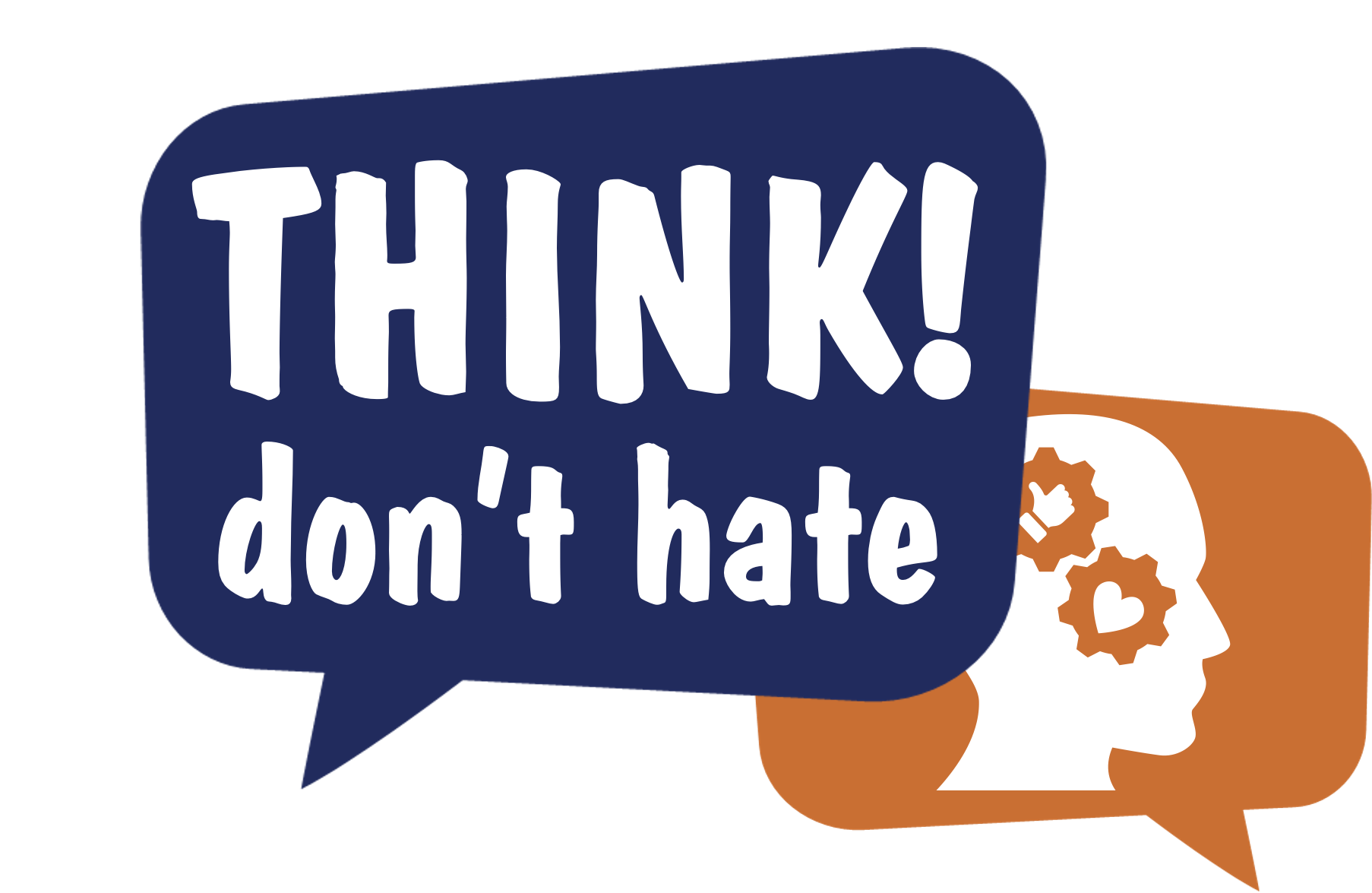
CHAPTER 1
A FIRST GLANCE AT ONLINE HATE SPEECH
Young people stand on the spotlight of every positive change made in society. It is true that every problem has its own solution, there can be a positive turn out to every dark situation – as long as SOMEONE does SOMETHING about it! And who would be better in this role than…young people! You! How? Well…by spreading the word, leading by example, showing the way, preaching about it! And -for sure- fighting against hateful narratives and hate speech – the most concerning phenomenon in the modern world, is no exception to that process!
If we would like to set it in a theoretical frame…we would name this process as “peer education”. It is the process of sharing information among members of a specific community or group of young people to achieve positive outcomes. Peers serve as an important source of information, feedback, and support to individuals as they develop a sense of self. Peers help socialize an individual by reinforcing or punishing behaviors or interpersonal interactions.
On this occasion, young people appear to play a key-role in the phenomenon of online hate speech, as they find themselves in different positions: victims, observers, and -sadly- perpetrators. So…let’s fight this issue from the inside! Let’s use the power of young people to change reality and win the battle against hateful narratives! Join us in the process of peer education!
This Guide is created to help young people on how to become key-actors in the battle to counter online hate speech and spread the message to their peers, unite with them and bring some amazing results by making the world much better. In other words…it is time for young people to become Counterizers!
a. introduction
The online world has provided people with an endless world of opportunities to express themselves in all the ways possible. This limitless world has given people the chance to sometimes go beyond what is considered as a “humane treatment” of one another. Hate speech is now spread all across the internet, as such making it really hard to track it and fight against it. To prevent hate speech is not an easy task – let alone counter it once it’s out and getting wild. After all, in the latter the damage is already done and now we have to deal with the consequences.

It took a long time to give a definition to hate speech, however, after several attempts, it seems that we finally have one that one may probably rely on. Hate speech, as defined by the Committee of Ministers of the Council of Europe, covers “all forms of expression which spread, incite, promote or justify racial hatred, xenophobia, anti-Semitism or other forms of hatred based on intolerance, including: intolerance expressed by aggressive nationalism and ethnocentrism, discrimination and hostility against minorities, migrants and people of immigrant origin”. However, this is not all: hate speech also includes non-verbal expressions such as those contained in images, videos or any communicative form of online and offline activity, as included in the Council of Europe’s definition, and evidenced in rulings of the European Court of Human Rights.
The fire has already burnt its surroundings and now it is time to deal with the wounds. In this regard, there have been numerous initiatives to counter hate speech online, however, it is much more difficult than it seems – countering a narrative requires… another narrative, a challenging narrative, or a counter narrative and a new narrative altogether, a new framework for interpreting reality. Does it seem too complicated? Well…we believe that this Guide will help you clear the image and have a deep understanding of the process to counter hate speech online, as well as provide you with concrete examples and tools to use in your work. This Guide will help you get familiar with using facts to create alternative narratives to those promoting hate speech, as it focuses on the idea that sometimes it’s not enough to oppose, denounce and deconstruct a violent narrative, but also to propose, develop and disseminate non-exclusionary human rights based alternative narratives. The Counterizer Guide is based on the existing educational approaches developed by the “No Hate Speech” movement, adopted and shaped for you. Let’s get started!